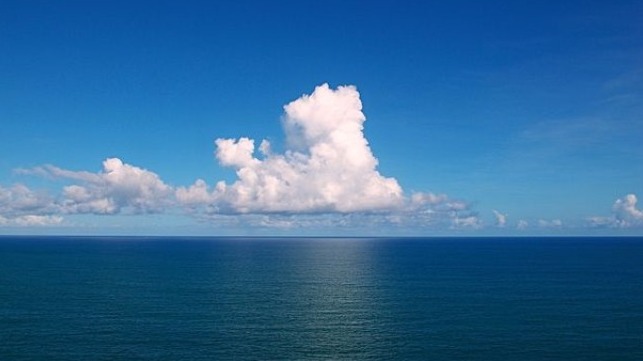Researchers Contend Blue Hydrogen is a Dirty Fuel

Amid the ongoing focus by the shipping industry to cut GHG emissions, hydrogen fuels are viewed as an important tool for the future energy transition. Specifically, blue hydrogen is being touted as a promising shipping fuel due to the flexibility it offers in production, both in terms of technical and economic efficiency. It can be produced from natural gas combined with carbon capture technology in cases where renewable electricity is insufficient.
However, a joint study by Cornell and Stanford universities, and published in Energy Science and Engineering journal, provides groundbreaking evidence that blue hydrogen production causes more GHG emissions than the use of the current fossil fuels.
According to the authors, Robert Howarth and Mark Jacobson, the carbon capture and storage technology deployed in the production of blue hydrogen, is unable to capture fugitive methane and upstream emissions of carbon dioxide. Hence, the GHG footprint of blue hydrogen is more than 20 percent greater than burning natural gas or coal and 60 percent greater than burning diesel oil for heat.
The International Energy Agency (IEA) estimates that the current annual CO2 capturing capacity stands at 40 megatons (Mt).
“The true path to “green” blue hydrogen is if the production process was driven by renewable electricity, in which the technology to support such is still nascent,” the study concludes.
In April, the World Bank released a report on the potential of zero-carbon fuels, approving green ammonia and hydrogen as the most suitable. Further, the bank stated that it was economically beneficial to start the production of zero-carbon bunker fuels with blue ammonia or hydrogen. However, this may present a risk of “stranded assets” for the fuels’ infrastructure, as their permanent use needs to be carefully assessed.
As most governments around the world adopt ambitious emission reduction goals, the hydrogen market is gaining traction. Specifically, the oil producing nations in the Gulf region are already exploring the actions required to become key suppliers in the hydrogen industry.
Meanwhile, the Asia Pacific region led by China, Japan, and South Korea is increasingly growing as the potential hydrogen markets, following their more diversified gray-blue-green strategy that fits into the goals of the aspiring hydrogen exporters in the Gulf.
Nonetheless, with the concerns of methane slip and sub-optimal Carbon Capture Technology in blue hydrogen production, the decarbonization debate will remain polarized, at least in the short term.
While reacting to the study, the Head of Carbon Budgets at UK’s Climate Change Committee, David Joffe said that the paper’s calculations potentially represent a case where blue hydrogen is done badly and without any sensible regulations. “Well regulated and monitored fossil gas production can achieve much lower methane leakage rates. Autothermal reforming ought to be able to achieve well over 90 percent capture rates.”
The UK is top in the list of countries promoting blue hydrogen in its energy transition agenda.
